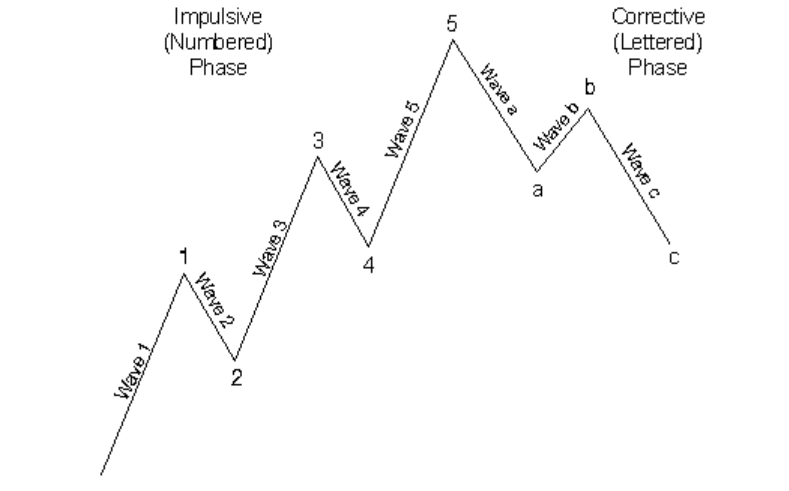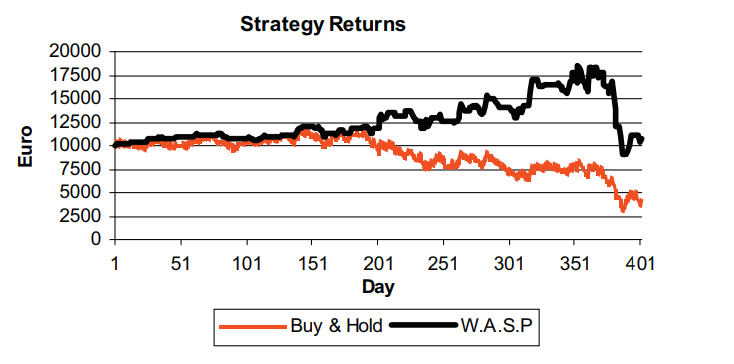After a strong week, the DAX is slowing down today and losing some of its momentum, quoting a downward movement. The German Index started out strong but reverted back to the mean very quickly. 2 hours before close, the German DAX is down 0,20% from its previous close. A reason for this cool down in the German markets might be that German investors are on their tiptoe amid the AirBerlin and Lufthansa deal. Oil and Gold are down 0,39% and 0,22% respectively.
In the U.S. the bulls began trading yesterday with a new head of steam, as the leading averages all moved out to impressive early gains. On point, after we had passed the first half hour of market action, the Dow Jones Industrial Average had rung up a gain of some 70 points. Modest rallies also were under way on the S&P 500 and the NASDAQ. Also, yesterday, unlike Tuesday, the S&P Mid-Cap 400 and the small-cap Russell 2000 were comfortably in the black, as well. As to the Fed minutes, Wall Street was looking for clues about the Fed’s interest rate intentions. The report, meantime, suggested that there was now a split developing on the Fed regarding whether to tighten the monetary reins again this year, citing concerns about low inflation balanced out by improving GDP growth. Our sense continues to be that the Fed will raise rates just once more in 2017, and that such an adjustment might not come until late this year. Meantime, the market’s advance remained in place as the morning wound down, with the Dow’s advance holding in the 60-85 point range as noon arrived in New York. The NASDAQ, up haltingly early in the session, strengthened as the afternoon approached, with its advance surpassing 25 points. The stock market then stayed near the upper levels of its range for the next hour, or so, but ill winds politically, as other companies now have decided to abandon the President’s manufacturing council following last weekend’s violence in Charlottesville and the Administration’s changing response to it, fueled some selling as the 2:00 PM hour approached. In all, the Dow’s advance went from more than 85 points down to fewer than 30 points at one time. Still, the market had a generally strong tone to it, which suggested at the time that unless the minutes held some unwanted surprises, the day would end higher for stocks. The Fed minutes had little impact, with stocks initially rising then pulling back, with the Dow’s gain at one point nearly evaporating. Our thinking is that this Fed release will have little meaningful impact, with political headwinds probably more of an influence at this moment on market behavior. Traders, meantime, then backed off somewhat as we headed into the close, with the Dow ending the session ahead by a modest 26 points, while the NASDAQ, which waxed and waned late in the day, finally ending matters up by 12 points. Meantime, the Russell 2000, once ahead strongly, edged down a trifle at the conclusion of the day’s action.
Walmart has poured billions into its e-commerce and tech to integrate its digital business with its stores, and the strategy is paying off handsomely. The retailer said comparable sales at its 4,000 U.S. stores, a $300 billion a year business, rose 1.8% on the year in the three months to June, well above Wall Street expectations for 1.3% according to Consensus Metrix. That gave Walmart U.S. its 12th straight quarter of growth. More crucially for the world’s largest retailer, shopper visits also increased, rising 1.3% and showing that Walmart’s massive investments in features like grocery curbside pickup, in-store order retrieval, its own mobile payment app and the expansion of its online assortment are spurring shoppers to come into stores. In an effort to be able to compete with Amazon, Walmart made some big investments in its e-commerce division. But investments, along with more aggressive pricing generally, cost money. The company disappointed Wall Street with a profit forecast of 90 cents to 98 cents per share for the current quarter, compared with the 98 cents analysts expected. Wal-Mart Stores shares, which had been on a tear of late, slipped 1.5% in pre-market trading. “Sales growth is coming from across the business – including stores, e-commerce and a combination of both,” CEO Doug McMillon said in a statement. The chain also got a boost from its massive grocery business, which generates 56% of its revenue. Food saw its best quarter in five years, aided in large part by an overhaul of the fresh food business that aimed at better competing with the likes of Whole Foods Market, which is being acquired by Amazon. Other bright spots for the company included the performance of Sam’s Club, which chronically underperforms its rival Costco Wholesale. Comparable sales, a metric that strips out the impact of newly-opened or closed stores, rose 1.2%, but shopper traffic was up 2%. Further afield, nine of Wal-Mart Stores’ eleven markets saw comparable sales increases, including a first rise in sales in three years at its Asda unit in the U.K. Still, the investments took a toll: Walmart earned $1.08 per share, slightly above $1.07 expected by analysts and roughly on par with a year-ago levels. Total sales were $123.36 billion, a hair above the $123.15 billion markets were expecting. Short after opening Wal-Mart is down 2,20%
Ireland’s finance minister said the European Commission’s demand that Dublin collect up to €13bn in back taxes from Apple was unjustified, in an interview with Germany’s Frankfurter Allgemeine newspaper. The European Commission ordered Apple to repay taxes to Ireland after ruling last year that the US technology company paid so little tax on its Ireland-based operations that it amounted to state aid.
Cisco reported FY4Q17 earnings on 8/16, after the close. Revenue and EPS came in as expected. Looking at revenue by products, there are puts and takes but nothing major to note. Gross margin for the quarter came in at 63.7%, or 20 bps lower than expectation, while non-GAAP operating margins came in 40 bps ahead of expectations at 31.5%. However, guidance is a tad weak. FY1Q18 revenue and EPS are about in-line, but non-GAAP gross margin was guided to 63-64% vs. 64.1% consensus, and non-GAAP operating margin was guided to 29.5%-30.5% vs. 31.3% consensus. Overall, the quarter is uninspiring, which is reflected in the stock trading down 2.5% in the aftermarket on high volumes.
Alibaba had another blockbuster quarter of business as its profits almost doubled. The Chinese e-commerce giant reported net profit of 14 billion RMB ($2.1 billion) for its recent quarter that finished June 30 — that’s up 96 percent year-on-year. Total revenue grew 56 percent to reach 50.2 billion CNY ($7.4 billion), easily exceeding estimates, with the firm reporting 466 million active buyers over the previous 12-month period. Alibaba’s core commerce business brought in the majority of revenue — 43 billion ($6.4 billion) — but its 58 percent annual growth was topped by its smaller business units. That’s a sign of the future, according to CEO Daniel Zhang. “Alibaba had a strong start to fiscal 2018, reflecting the strength and diversity of our businesses and the value we bring to customers on our platforms. Our technology is driving significant growth across our business and strengthening our position beyond core commerce,” Zhang said. Of those units, its aggressive cloud computing business, which TechCrunch profiled earlier this year, was one of the more impressive. It grew 96 percent to reach 2.4 billion RMB ($359 million) in revenue while losses narrowed to 103 million RMB, or $15 million. The company noted that its cloud computing customer base passed one million for the first time. Alibaba’s digital media and entertainment business, which includes video service Youku Tudou, saw revenue jump 30 percent to four billion RMB ($602 million). The company has spent the past year expanding its business outside of China, which this quarter again shows accounts for the lion’s share of revenue, and the results are beginning to bear fruit. Alibaba said its international e-commerce services reached “meaningful scale” with 2.6 billion RMB ($389 million) in revenue. It credited Lazada, its business in Southeast Asia which it recently invested a further $1 billion in this year, and AliExpress for increasing revenue by 136 percent from last year.
The Earnings Outlook for tomorrow are Deere with an Actual EPS of 1,95, Foot Locker with an EPS of 0,902.
Todays Economic Calendar:
I) Jobless Claims
II) Industrial Production
III) Leading Indicators
IV) Fed Balance
V) Money Supply






